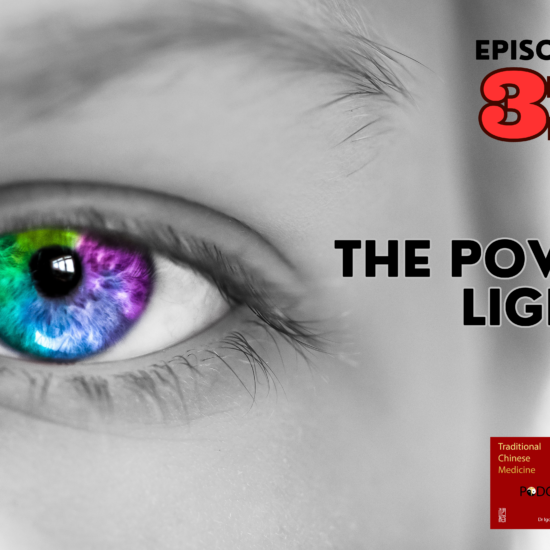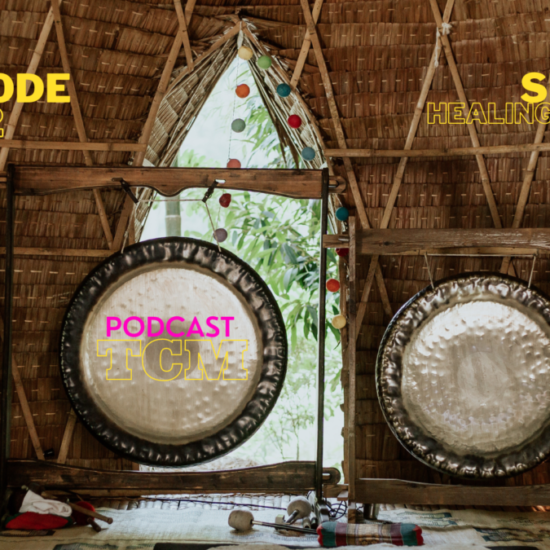Most people, when they face Chinese Medicine at some point, are primarily interested in how TCM can benefit their health, which conditions it can treat and how it works. Few people would ever wonder about its origins – when, and more importantly, why the ancient Chinese began to treat diseases by puncturing the body with bare needles or use herbs to relieve sickness. So far only few researchers paid attention to these questions; most Chinese Medicine textbooks and acupuncture practicums mention origin of TCM as uniform theory without much coherently identified evidence.
According to standard, widely used theory in P.R. China acupuncture had its origins early in the Late Stone Age Page 3 of 8
(the Neolithic Age, c. 8000-3500 BC) and developed gradually over many thousands of years through a process of trials and errors. The traumatic nature of acupuncture, and it’s treatment protocols may appear quite crude by modem standards. We do recognize long history in China full of various inventions and discoveries. However, if the accepted knowledge is correct, we are confronted with a great mystery. Why did acupuncture, unlike any other healing system, appear only in ancient China and nowhere else in the classical world?
As a matter of fact, it was a great and relatively sudden invention based on theory as well as practice, which occurred in classical China, not long before the birth of Christ. The Western Han Dynasty arose over 2000 years ago. This is a considerable span of time in the overall history of human civilization. However, in the context of China’s 4000 years of recorded history, the civilization of the Western Han was actually more modern than primitive. The previous centuries had seen the blossoming of Chinese culture during the intellectual give-and-take of the Spring and Autumn (110-416 BC) and Warring States 415-221 BC) Periods, and the subsequent territorial unification of China by the Qin Dynasty (221-201 BC) laid a foundation for the cultural Page 4 of 8
integration of the diverse states. Acupuncture was one of the fruits of this rich period of Chinese history.
Many aspects of Chinese culture, including technology, geography, philosophy and social relations, contributed to the invention and development of acupuncture. For example, through their work with flood control the Chinese ancestors learned to use dredging to remove obstacles and direct the flow of water through riverbeds, the channels of the Earth. This led to the realization that needling could be similarly used to remove obstructions and stimulate the flow of Qi through the meridians, the channels of the body. The holistic application of the same principle allowed the classical Chinese both to control flooding and to treat disease and disorder. This intuitive association between the channels of the Earth (the macrocosm) and the channels of the body (the microcosm) may seem strange to modern readers, but holism, the awareness that each part mirrors the whole, was one of the most fundamental principles of classical Chinese philosophy. Chinese holistic thought regards humanity, society and Nature as an organic, unified whole. The human body is seen as a microcosmic image of Nature. It is believed that Human and Nature are similarly constituted and governed by the same laws, and that their disorders can therefore be similarly Page 5 of 8
managed. The invention of acupuncture was a direct outgrowth of this holistic philosophy.
Acupuncture treats disease and disorder by needling specific acupoints along the meridians in order to stimulate the flow of qi, or life-force, through these channels. Accepted theory holds that the development of acupuncture and the acupoints proceeded the identification of the meridians. It is generally believed that fortuitous accidental injury and repeated empirical testing during the Neolithic Age (c. 8000-3500 BC) gradually revealed acupoints that were effective for treating various conditions. The meridians are thought to have been visualized much later as a hypothetical system linking previously discovered acupoints – connecting the dots, as it were.
However, recent archeological findings challenge this theory. Evidence indicates that the identification of the meridians actually predated the appearance of acupuncture, and was a crucial precondition for its invention and the discovery of the various acupoints.
The earliest known text on acupuncture and acupoints is The Yellow Emperor’s Inner Classic of Meclicine (c. 104-32 BC) (Huang Di Neijing, hereafter referred to as the Neijing), compiled during the western Han Dynasty Page 6 of 8
(206 BC-24 AD). No mention of either acupuncture or acupoints has been found in any prior medical documents. The first discussion of the meridians, however, occurs in a collection of much earlier texts, The Ancient Medical Relics of Matvangdui (c. BC). Furthermore, these texts refer only to the use of moxibustion, the application of heat, along the general pathways of the meridians to stimulate the flow of qi. They make no mention of either acupuncture or specific acupoints. This suggests that the ancient Chinese were familiar with moxibustion and the meridians well before they started to use acupuncture. Extensive further evidence, both classical and modern, exists to support this theory.
prior to 168Moxibustion, like acupuncture, treats disease and disorder by stimulating the flow of Qi through the meridians. The two healing methods are so closely related that they are referred to by a single compound word in Chinese – Zhen jiu (针灸 needle – heat) and we translate it as Acupuncture. However, the application of heat for healing is much more ancient than the use of needling. It seems quite reasonable to assume that moxibustion had its origins soon after the mastery of fire by Early Stone Age humans approximately 500.000 years ago (during the Page 7 of 8
Paleolithic Age, c.2.000.000-8000 BC), since it was at this time that humans were first able instinctively to apply warmth to relieve the pain of injury or disease.
Recent researches identified use of the meridians arose directly from the practice of mnoxibustion. lt was through the application of rnoxibustion that the ancient Chinese flrst became aware of the phenomenon of rneridian transmission is the sensation that occurs when the flow of Qi is stimulated. Although this phenomenon, referred as deqi (obtaining Qi), is now popularly known as the ‘needling sensation’, it was actually first stimulated by heat rather than needles. The earliest descriptions of the pathways of the meridians recorded in the ancient medical documents are maps of these transmissions of qi through the body, stimulated by the application of heat.
In most acupuncture textbooks, acupuncture is defined as the use of needles to penetrate and stimulate specific points on the body in order to restore normal function and energetic balance. This concept is very superficial, expressing merely the form of acupuncture and not its essence.
Holism is the core of ancient Chinese philosophy, and the theoretical basis of Traditional Chinese Medicine Page 8 of 8
(TCM). It is an abstract concept that is invisible and difficult to understand. The practice of acupuncture offers a tangible expression of this intangible idea. The insertion of needles into discrete points of the body in order to effect a distal or systemic cure embodies the holistic relationship between the microcosm and macrocosm, as well as between the upper and lower parts and interior and exterior tissues of the body.
Acupuncture in practice is holistic sculpture; it makes holism visible and concrete. It is not merely a healing art, but the expression of thousands of years of Chinese culture. Acupuncturists have the honor of inheriting and practicing not only a system of healing, but also the philosophy of holism.


